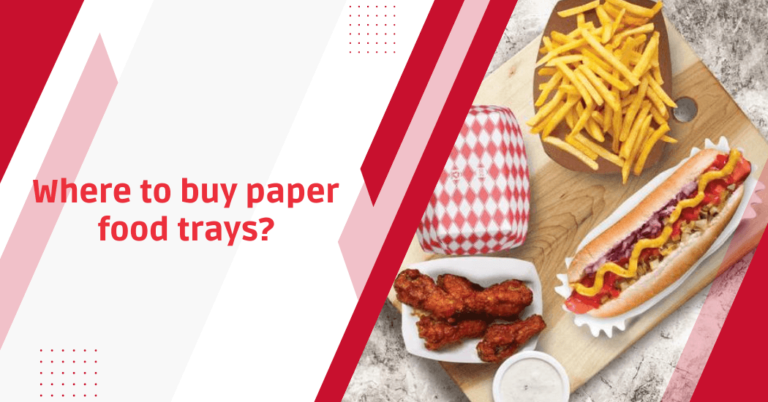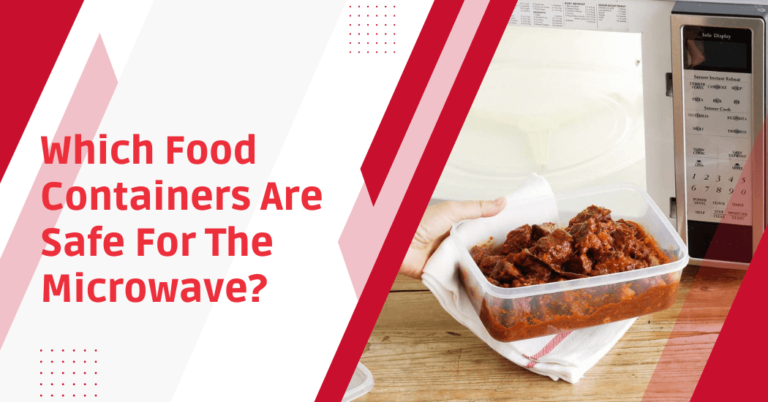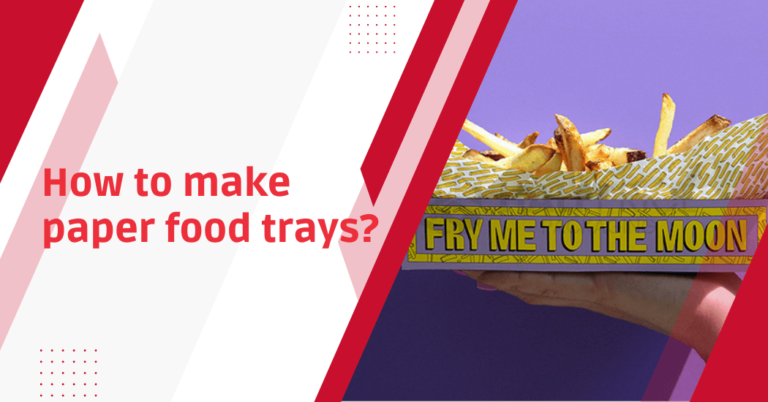Can You Serve Food From Sterling Silver?
Serving food on silver trays is a great way to add elegance and sophistication to the dining table. Whether you’re planning a dinner party for special occasions or simply adding extra sparkle for everyday meals, having the right tray can make all the difference. But when it comes to putting vivid edibles directly onto those shimmery surfaces is that even safe?
In this blog post, we’ll delve into what you need to know about using silver trays as food platters so you can be sure of your choices when preparing an extravagant meal.
Putting Food Directly on Silver Trays
Yes, you can directly place food on a silver tray but there are a few things to remember. Silver is a chemically inert metal, meaning it doesn’t react with most foods. However, certain foods, particularly those with high acidity or salt content, can tarnish the silver’s surface over time. Furthermore, silver conducts heat very well.
Hot food items might cool quickly on a silver tray unless pre-warmed. So, while it’s safe to put food directly on a silver tray, it’s advisable to line it with a wax paper sheet or paper tray liner for long-term usage.
Always ensure your silver trays are clean and polished before using them for serving. Any food residue or tarnish can transfer onto your food and affect its taste and appearance.
Pros of using silver trays for food serving
There are several advantages to using silver trays as food platters. Some of the primary benefits include:
- Elegant and stylish: Silver trays add a touch of luxury and glamour to any dining table, making them perfect for special occasions or events.
- Versatile: Silver trays come in various shapes, sizes and designs, making them suitable for serving a wide range of food items, including appetizers, entrees, desserts and more.
- Durable: Silver is a durable material that can withstand frequent use and last for generations with proper care. This makes silver trays a long-term investment.
- Easy to clean: While silver does require regular polishing to maintain its shine, it is relatively easy to clean. Simply wash with warm water and mild soap and dry thoroughly before storing.
- Chemically inert: As mentioned earlier, silver is a chemically inert metal, meaning it won’t react with most foods. This makes it a safe option for serving food directly on the tray.
- Conducts heat well: While this can be a disadvantage when handling hot food, silver’s ability to conduct heat makes it great for serving chilled or room-temperature foods.
- Perfect for formal occasions: Silver trays are often associated with luxury and formality, making them ideal for use during formal dinners or events.
Cons of using silver trays for food serving
There are also some downsides to using silver trays for food serving.
Some of the potential drawbacks include:
- Requires regular polishing: As mentioned earlier, silver does require regular polishing to maintain its shine and prevent tarnishing. This can be time-consuming and may not be ideal for day-to-day use.
- Expensive: Silver trays can be quite costly, especially if they are made of pure silver. This can make them inaccessible for some people.
- Can tarnish easily: As mentioned earlier, certain foods with high acidity or salt content may cause the silver to tarnish over time. This can affect the appearance of the tray and potentially transfer onto the food being served.
- May conduct heat too well: While this can be a pro for serving chilled foods, it can also be a disadvantage when handling hot food items. Using a tray liner as a barrier is recommended in these cases.
Tips for serving food on silver trays
- Ensure the tray is clean and polished before use.
- Place a wax paper sheet on the tray to prevent tarnishing from acidic or salty foods.
- Pre-warm the tray if serving hot food items to keep them warm longer.
- Use different sizes and shapes of silver trays for versatile serving options.
- Arrange food items with attractive and complementary colors for a visually appealing display.
- Don’t overcrowd the tray to avoid spilling or difficulty in serving.
- Use silver trays as decorative pieces when not in use for serving.
What types of meals are suitable for serving on silver trays?
Silver trays are suitable for serving a variety of meals including appetizers, entrees, desserts and more.
However, certain types of food work particularly well on silver trays due to their visual appeal and compatibility with the material. Some examples include:
- Fruits and vegetables: Brightly colored fruits and vegetables look stunning when placed on a shiny silver tray. The contrast between the colorful produce and the silver tray creates a visually appealing display.
- Meat and seafood: Silver trays are often associated with luxury and opulence, making them perfect for serving high-quality cuts of meat or seafood. The reflective surface of the tray also adds to the presentation of the meal.
- Cheese and charcuterie platters: Placing an assortment of cheese and cured meats on a silver tray can elevate the presentation, making it perfect for entertaining guests.
- Desserts: From delicate pastries to decadent chocolate creations, desserts look even more tempting when served on a silver tray. The reflective surface also adds to the visual appeal of these sweet treats.
Best practices when placing food on a silver tray
When placing food on a silver tray, there are a few best practices to keep in mind:
- Ensure the tray is clean: Always make sure your silver tray is clean and polished before using it to serve food. Any residue or tarnish can transfer onto the food and affect its taste and appearance.
- Use barriers for hot or acidic foods: As mentioned earlier, using a paper liner as a barrier can help prevent tarnishing from hot or acidic foods. This way, you can still use your silver tray for a wider variety of food items without worrying about tarnishing.
- Be mindful of portion sizes: When serving on a silver tray, it’s important not to overcrowd the space. Leave enough room between each food item to avoid spills or difficulty in serving.
- Arrange food thoughtfully: Take the time to arrange your food items with care and attention. Placing them in an aesthetically pleasing manner can make all the difference when it comes to presentation on a silver tray.
- Consider using multiple trays: If you’re serving a larger meal or buffet-style, consider using multiple silver trays of different sizes and shapes for a versatile and visually appealing display.
FAQs – Food On Silver Trays
Does food taste different when served on a silver tray?
No, the food’s taste should not be affected by being served on a silver tray. However, any residue or tarnish on the tray could potentially impact the taste, so ensure the tray is clean before use.
How should food be arranged on a silver tray?
Food should be arranged in a visually appealing manner. It’s also important not to overcrowd the tray and to leave enough room between each item to avoid spills or difficulty serving.
Do silver trays require a lot of maintenance?
Silver trays do require regular polishing to maintain their shine and prevent tarnishing. They may not be ideal for daily use due to this maintenance requirement.
How should I clean a silver tray after using it for food?
To clean a silver tray after use, rinse it with warm water and mild soap. Use a soft cloth to gently remove any residue or tarnish. Rinse again with clean water and dry thoroughly. You can also use specialized silver polish for tougher stains or tarnishing.
Can I use silver trays in the microwave or oven?
No, it’s not recommended to use silver trays in the microwave or oven as it can damage both the tray and your appliances. Silver is a good conductor of heat, so using it for hot food items may also cause burns if not handled carefully.
Can I use silver trays for everyday meals?
While you certainly can, keep in mind that silver trays do require regular maintenance to maintain their shine and prevent tarnishing. They may not be practical for daily use, but they can make a beautiful addition to special occasions or entertaining guests.
Overall, it’s up to personal preference and how often you’re willing to clean and maintain your silver trays. However, using them sparingly can also add to their elegance and charm when used for special occasions.
Wrap Up
It is generally safe to put food directly on a silver tray. However, it’s important to note that certain types of food, particularly acidic or hot food items, can cause tarnishing or damage to the silver. Therefore, it is recommended to use a barrier such as a paper liner, between the food and the tray.
Also, make sure the tray is clean and polished before use to ensure no residue interacts with the food. With these considerations in mind, silver trays can elevate the presentation of your meals, adding a touch of elegance and opulence to any dining occasion.
So go ahead, serve your favorite dishes on a silver tray and impress your guests with both the taste and visual appeal of your food.






